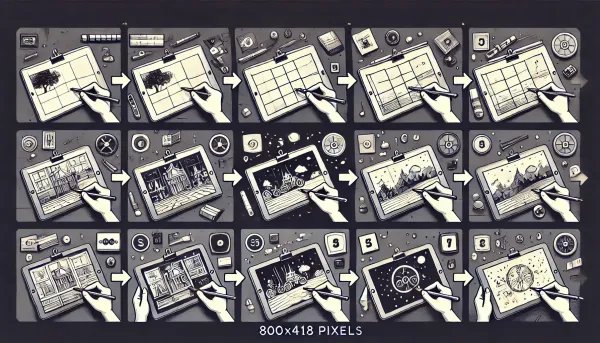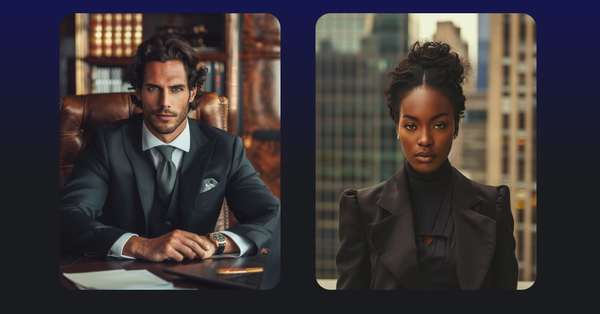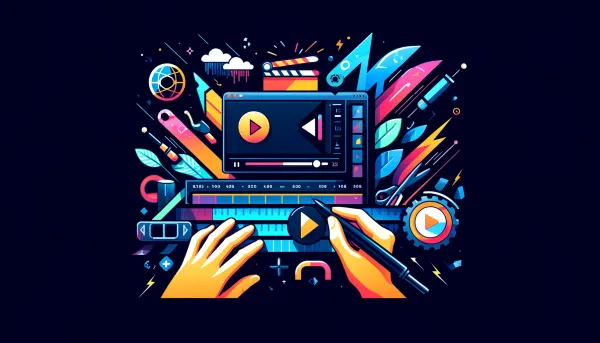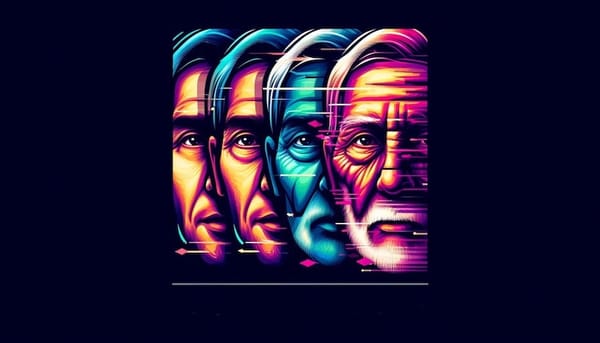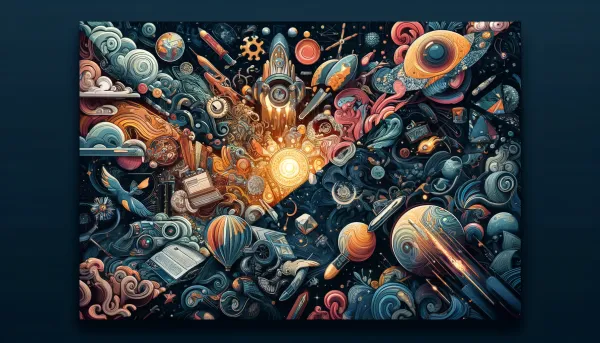Add Memes, Gags and Fun Videos into Your Marketing Strategy
The secret of fun and why it works for business

Try to remember the last ad you watched. Yeah, you may not succeed right away, but if you did, I bet the ad was something special — ridiculous, sudden, or innovative. And the most catchy element was fun.
Humor is the second most popular type of content that people share on social media, and its appeal is stable. Marketers are aware of this and often slip a hint of fun into advertisements — in the form of contests, short videos, and even games. There is a science to making users believe in what is being offered and respond with sincere emotions.
What makes ads memorable? And how does something go viral?
According to recent research, 35% of Americans surveyed remembered an ad just because it was funny.
Most of the Super Bowl 2021 ad campaigns were hilarious
In a tourism commercial, Iceland trolls Mark Zuckerberg with the “Icelandverse” — the funny video got over a million views
American football star Derrick Henry promoting milk
Nothing gets between me and my fuel. #GonnaNeedMilk #TeamMilk @GonnaNeedMilk pic.twitter.com/ZeFFuZc8uy
— Derrick Henry (@KingHenry_2) October 28, 2021
There is no one-size-fits-all recipe for how to go viral, but fun-flavored content most likely elicits genuine and positive reactions — be it memes, challenges, or fails. And users are absolutely the best fun makers.
BuzzFeeders and Pandas know a lot about fun: their content grabs with authenticity. It doesn’t have to be perfect and may technically lag behind branded content because its purpose is to entertain, not sell.
In 2017, Reddit launched the “Place” experiment, inviting users worldwide to paint a 1000x1000 graphic canvas, with each user changing the color of one pixel. The epic war of pixels was as intense as Game of Thrones, going viral in just 72 hours and involving more than 200,000 participants.
If we take the fun component as the basis of creative advertising, it will receive the status of "awesome" from user impressions after interacting with branded content.
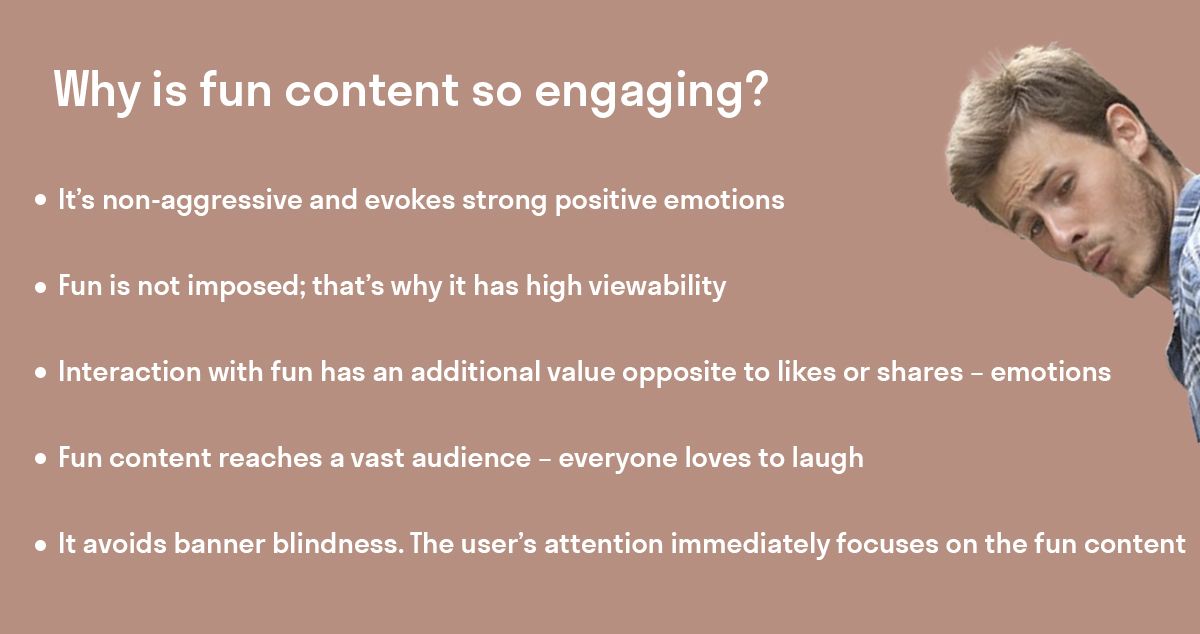
The last point is critical here. Media and information websites suffer the most from banner blindness because while advertising makes up part of their income, users tend to skip the ads to get to the content.
Brands only have a few seconds to convince Zoomers to watch their ad to the end and become interested in their product. These seconds before scrolling down or skipping are the most valuable, so you should be 1000% confident in the catchiness of your message.
Using an element of fun gives a company a new personality and a more sympathetic image in the eyes of consumers
In addition to amusement, people share content for various reasons: to communicate or be helpful, raise their self-esteem or reputation, and more. However, according to psychological theory, novelty-seeking is another strong digital drug. Anything that seems new or fills in information gaps can trigger the release of dopamine into the brain.
Synthetic media is the new fun
Content consumption is on the rise and emerging technology, such as ML mechanics and AR/VR tools, creates stronger emotional ties with users through new types of content. Synthetic media has become yet another endless source of enjoyment.
Try not to overcook fries in the virtual IKEA kitchen, swap your face into the trailer of an upcoming movie, or join Justin Bieber for an immersive live show in the metaverse. Campaigns using synthetic media can take an integrated approach and facilitate an emotional response from viewers, because people like to try on humorous images and share organic content.
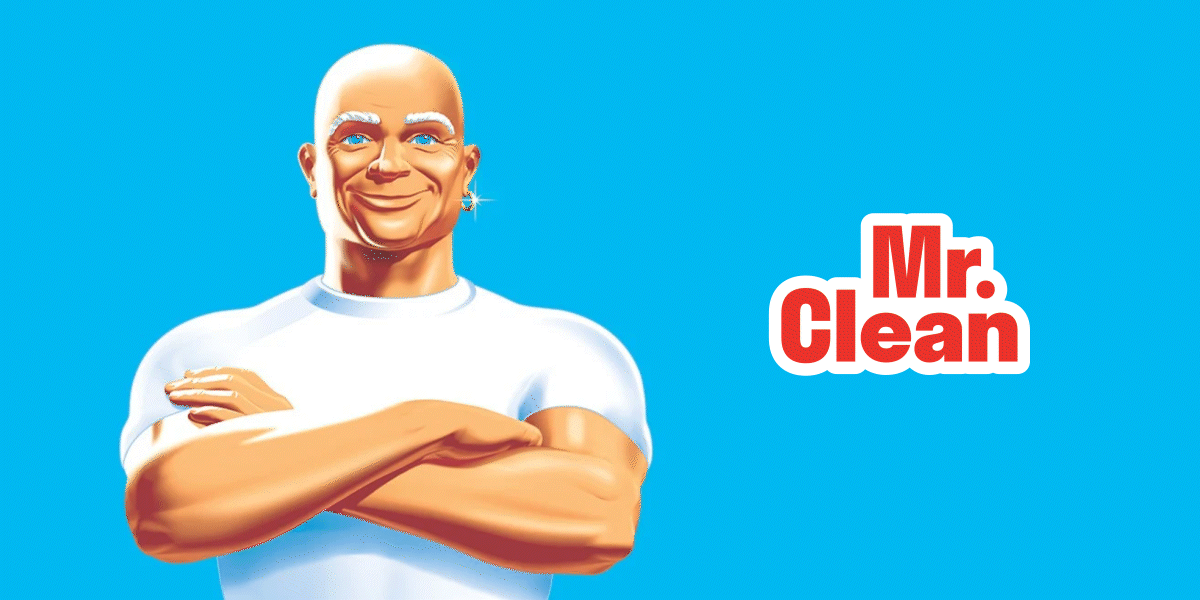
In 2018, McDonald’s designed an AR effect to celebrate the 50th anniversary of the Big Mac. The next year, McDonald's took its business to the next level by purchasing an artificial intelligence marketing startup for over $300 million, which became one of their most significant acquisitions.
The demand for digital content and more personalized ad experiences is rising and favoring the synthetic media industry. When appropriately used, synthetic media can positively impact brand perception and digital content production in general.
Ultimately, to create memorable ads, you need to understand your audience and interact with it through something that people love — and immersive AI-based content is one of these magical things.

